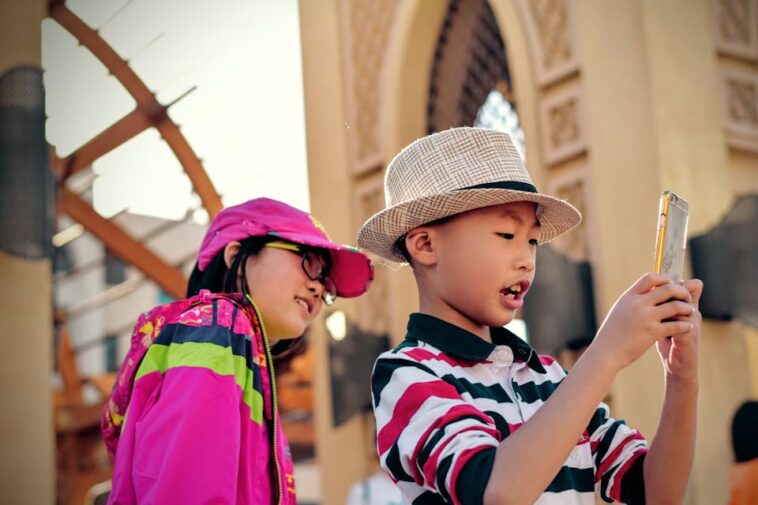Family trips are full of excitement, but let’s face it—traveling with kids can be a logistical juggling act. Whether you’re headed across the state or across the ocean, thoughtful packing can make the difference between a smooth trip and a stressful one. This comprehensive guide breaks down what to pack by age group, offers smart ways to organize your luggage, and shares ideas for keeping little ones entertained. Plus, we’ll cover safety must-haves and how to get your kids involved in the process.
Let’s make family travel feel a lot more like a vacation and less like a chore.
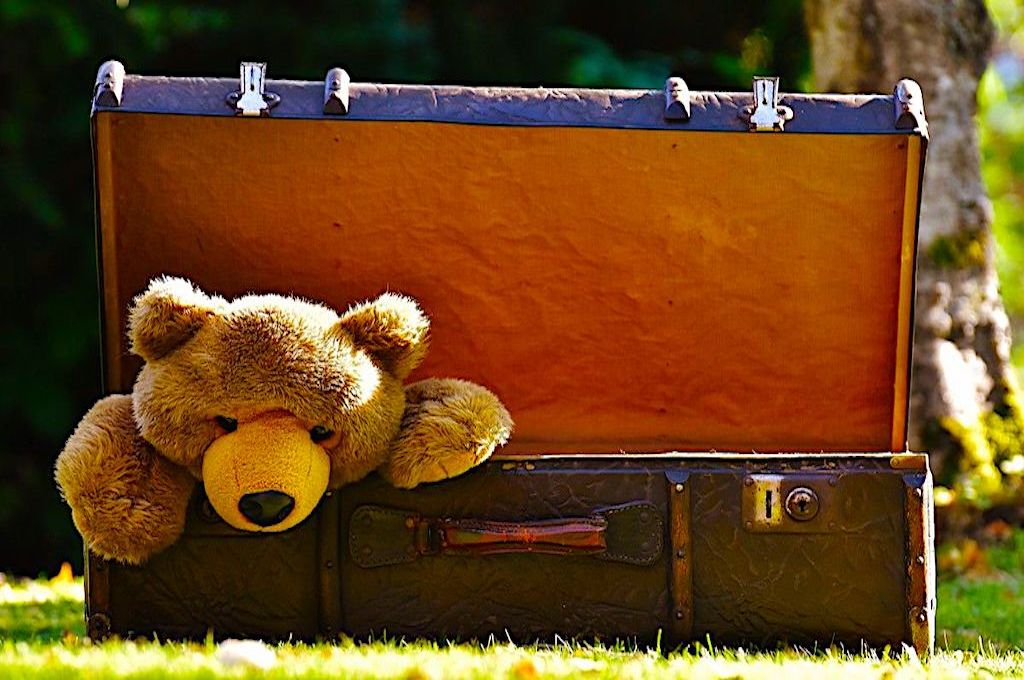
Packing Essentials by Age Group
Every age brings its own travel quirks and needs. Tailoring your packing list ensures everyone is covered—and keeps you from overpacking.
For infants (ages 0 to 12 months), pack plenty of diapers and wipes, extra formula or breastfeeding supplies, and bottles or sippy cups. Don’t forget pacifiers (always bring a backup), a portable changing mat, a baby carrier or sling, and a compact stroller. Sleep essentials like a travel crib, white noise machine, or swaddle blanket can also help your baby stay calm and rested on the road.
Toddlers (ages 1 to 4) thrive with routine and comfort. Bring snacks in travel-friendly containers, their favorite comfort item like a blanket or stuffed animal, and a leak-proof water bottle. Accidents happen, so pack extra clothing, and consider bringing a travel booster seat or training toilet if relevant. A few familiar toys or books can ease transitions during long travel days.
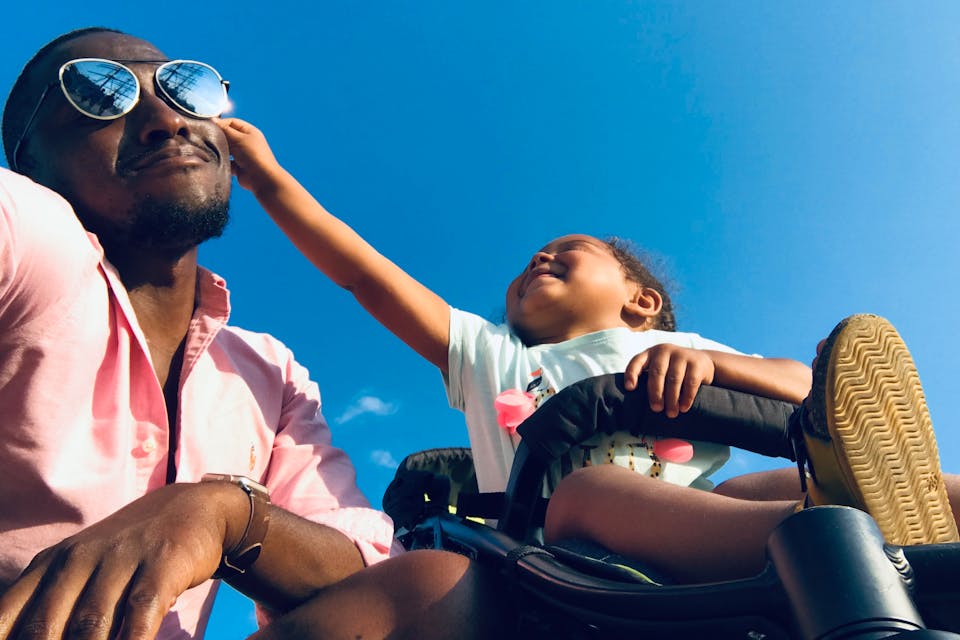
For children ages 5 to 12, pack a small entertainment kit with tablets, coloring books, and puzzles. Headphones with volume-limiting controls are great for both safety and peace of mind. Include healthy snacks, a reusable water bottle, and a lightweight backpack they can carry themselves. Sunglasses, a hat, and even a travel journal can help them stay engaged and comfortable on the go.
Teens typically prefer more autonomy, so let them pack personal favorites like power banks, a good book, and their own toiletries. A travel wallet for their ID or allowance, comfortable clothing they enjoy wearing, and downloaded playlists or apps can make them feel more independent and prepared.
Smart Luggage Organization
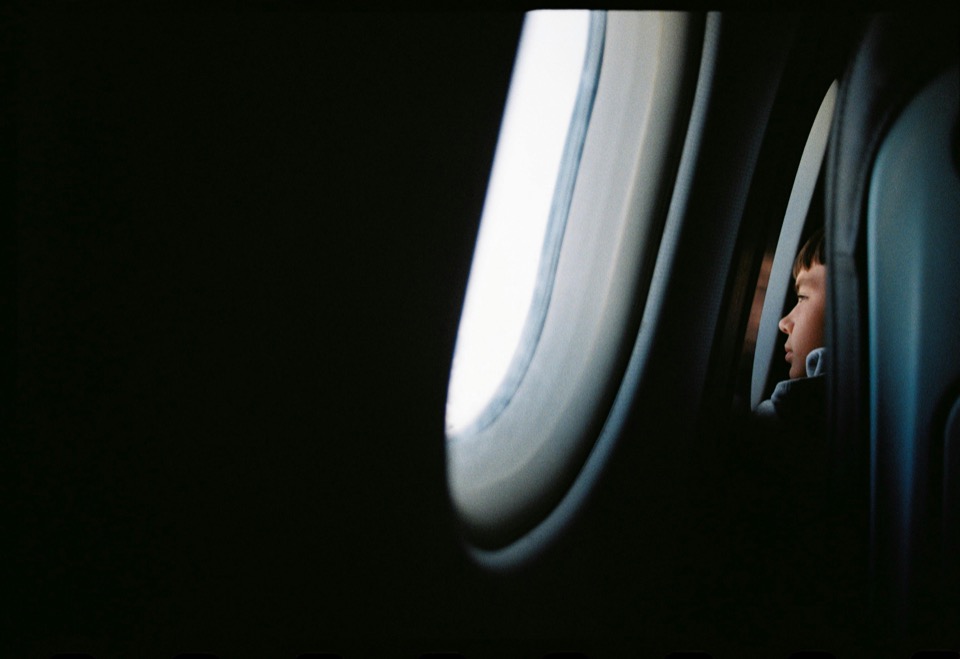
Keeping your family’s luggage organized makes a huge difference in reducing stress. Use color-coded packing cubes for each person to make locating items simple. Rolling clothing instead of folding helps save space and prevents wrinkles. Be sure to label each person’s bag and belongings, especially if your kids carry their own. Pack an “emergency” cube with essentials like a change of clothes, basic medications, and wipes in your carry-on—this is a lifesaver when bags are delayed. To avoid total chaos if a suitcase goes missing, distribute important items like clothing and toiletries across multiple bags rather than packing one per person.
One of the best tips? Let your kids choose and pack a few items themselves. It builds excitement, teaches accountability, and gets them invested in the trip.
Keep Kids Entertained in Transit
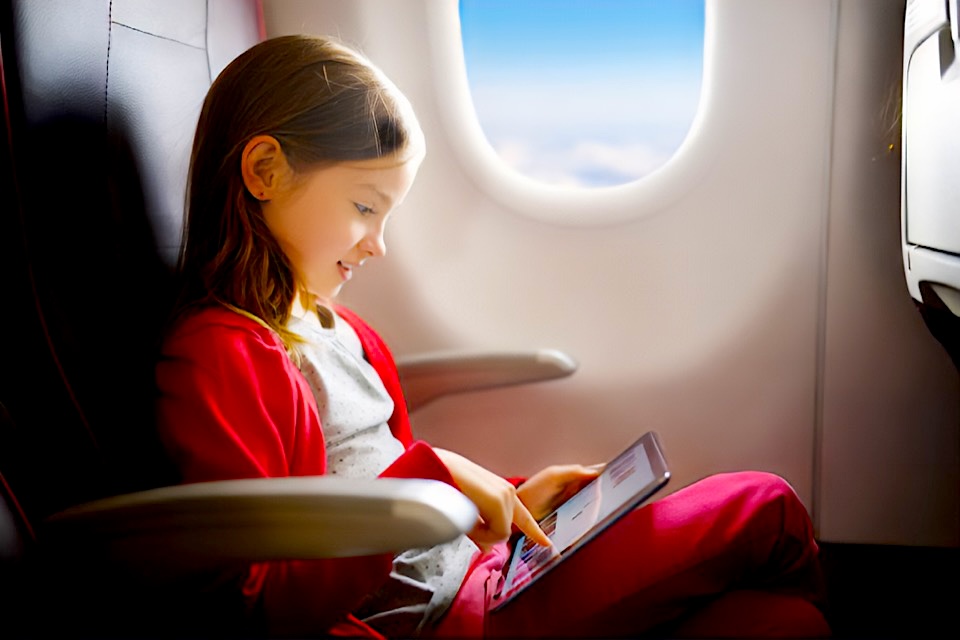
Keeping kids occupied while traveling can make or break your trip. Prepare simple activity kits with crayons, stickers, and a surprise toy or two. Download their favorite movies, games, and audiobooks ahead of time so they work offline. Play classic interactive games like “I Spy,” travel bingo, or storytelling rounds to pass time as a family. Pack a wide variety of snacks to keep things interesting. You can even schedule surprises—introduce a new activity or treat every hour of travel to keep them engaged.
If you’re traveling through family-friendly airports like LAX, ATL, or JFK, look out for dedicated kids’ play areas, family lounges, or sensory rooms. These hidden gems are great for letting kids burn off energy between flights.
Safety First: Must-Have Items
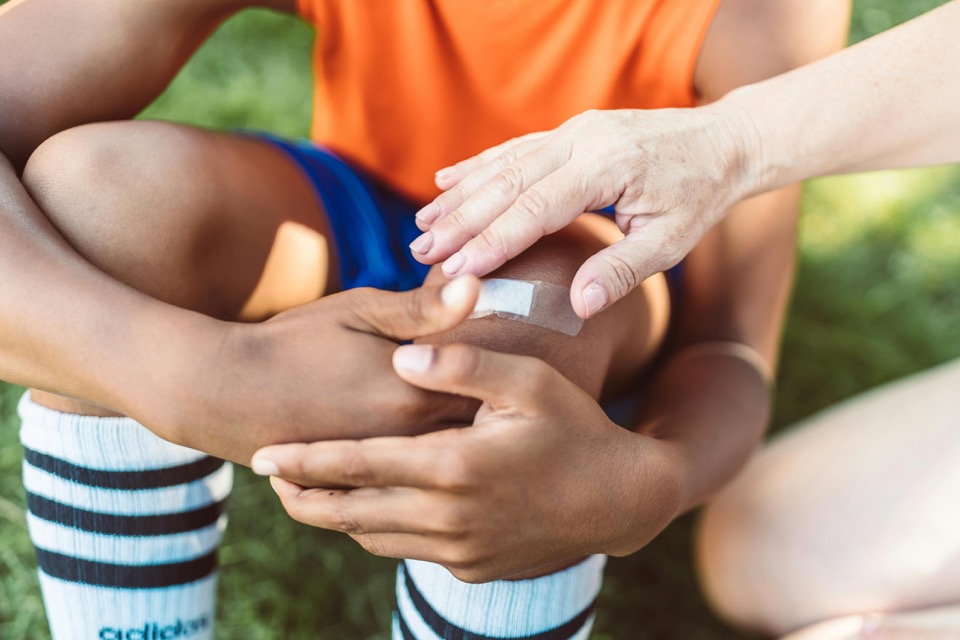
Traveling safely with kids means being prepared. Always carry copies of medical records, and consider storing them digitally for backup. Bring all prescription medications and a travel-size first aid kit that’s kid-safe. Portable childproofing tools like outlet covers or doorknob locks come in handy in hotel rooms or vacation rentals.
For young children, temporary tattoos or ID bracelets with emergency contact info offer peace of mind. Also, include a printed emergency contact list in your child’s bag, and make sure older kids know where to find it. Stock up on hand sanitizer and disinfectant wipes to clean high-touch areas like tray tables, armrests, and bathroom surfaces.
If you’re heading abroad, consult your pediatrician in advance about any recommended vaccinations or travel-specific health advice.
Teaching Kids to Pack = Teaching Responsibility
Packing is a great opportunity to teach kids responsibility and self-sufficiency. For toddlers and preschoolers, create a visual checklist of items to pack together. School-aged kids can lay out their clothes and fill their own day bags. Teens should be given full control over their packing—just be sure to double-check essentials are included.
Kids who help pack often feel more prepared and excited about the trip. It’s a great way to instill confidence and practical skills that will serve them well on future adventures.
Final Thoughts
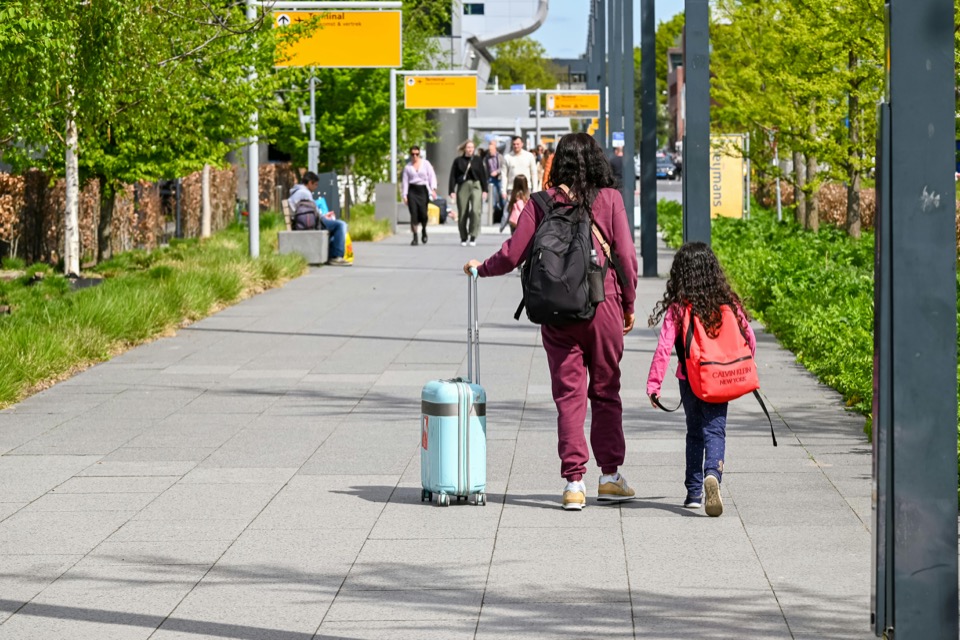
Traveling with kids doesn’t have to be overwhelming. With the right planning, you can turn packing into a collaborative, even fun, experience. Whether you’re heading to Disneyland in Anaheim, the sunny beaches of Florida, or hiking trails in the Catskills, smart packing sets the tone for a smoother, more enjoyable journey.
Flexibility and patience go a long way. Some of the best family memories happen when things don’t go exactly as planned—but everyone’s prepared. So grab your bags, involve your little ones, and get ready to make your next family trip the best one yet.
